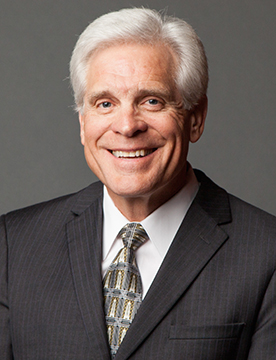Fire Door Systems, A Guide to Code Compliance
Fundamental Guideline Principles in Chapters 3-10, IBC
Definitions
- Fire Walls – Section 706, Definition, Ratings, Opening Protective Guidelines, Applications
- Fire Barriers – Section 707, Definition, Ratings, Opening Protective Guidelines, Applications
- Fire Partitions – Section 709, Definition, Ratings, Opening Protective Guidelines, Applications
- Smoke Barriers – Section 710, Definition, Ratings, Opening Protective Guidelines, Applications
- Smoke Partitions – Section 711, Definition, Ratings, Opening Protective Guidelines, Applications
- Opening Protectives – UL10B, UL10C, UL10D – A discussion regarding positive pressure testing
Opening Protective Applications
Elevator Separation
- Elevator Lobby – Section 708.14.1, Review of charging language and Exceptions, case studies
- Elevator Smoke & Draft – Sections 708.14.1, Exception #3, 715.4.3.1 & 3002.6, case studies
Exit Access Separation
- Horizontal Exit – Section 1025 & 3 fundamental guideline principles, case studies
- Exit Passageway – Section 1023, case studies
- Pedestrian Walkways & Tunnels – Section 3104 & 4 fundamental guideline principles, case studies
Vertical Opening Separation
- Fundamental Guidelines – Sections 708; 1016; 1021 & 1022
- Non-Egress Stairs – Sections 708.2; 1016.1; 1021.1, case studies
- Shaft Enclosures – Section 708.2, Exception 2.1 & 2.2, case studies
- (Vertical) Exit Enclosures – Section 1022, case studies
- Atriums – Section 404; NFPA 92A & 92B, case studies
- Vertical Compartmentation – Combined code principles from chapters 4; 7 & 10, case studies
Occupancy Separation
- Fundamental Guidelines – Section 508
- Mixed occupancy-Accessory use – Section 508.2, case studies
- Mixed occupancy use & Non-separated vs separated use – Section 508 & Table 508.4, case studies
Area Separation
- Allowable area – Section 706 & Table 503, case studies
Corridor Separation
- Healthcare – Section 407.2.4, case studies
Smoke Compartments
- Healthcare – Section 1014.2.2, case studies
Smoke Barriers
- Healthcare – Section 710, case studies
Your Instructor

David L. Dodge, CSI, CDT
Vice President, Business and Code Development
David has been involved in the construction industry since 1975. With an extensive background in project estimating and management and a bachelor’s degree in business management, David soon realized a great deal of success in building product marketing and sales. Within this venue he found his passion – building code development and architectural design compliance. Since 1988, he has assisted architectural firms in understanding and implementing the provisions of the model codes as they pertain to fire and life safety. His particular focus is on the fire door industry, promoting cutting edge technology to resolve code compliance challenges.
David is a corporate member of the International Code Council (ICC) and earned his Construction Document Technologist (CDT) from the Construction Specifications Institute. He has served on several ICC committees, both local and national, for the adoption and implementation of the International Building Code throughout the US. He is a recognized speaker and instructor, teaching the fire and life safety provisions of the model codes to design professionals and regulatory officials. David is a certified CEU instructor under the ICC Education Provider program. As part of the McKeon Door Company team David draws on his 25-plus years of experience in the building code arena when assisting design professionals and product representatives with code and design compliance challenges.